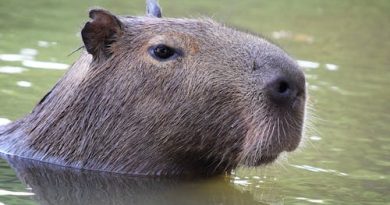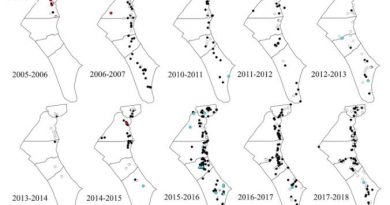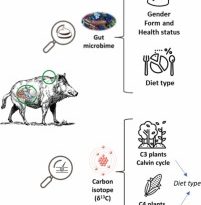Molecular detection of Ehrlichia spp. in ticks parasitizing wild lagomorphs from Spain: characterization of a novel Ehrlichia species
Abstract
Background: Several species belonging to the genus Ehrlichia are considered pathogenic for animals and humans. Although wildlife are known to play an important role in the epidemiology of these bacteria, information on the role of wild lagomorphs in their sylvatic cycle is limited. Thus, the objective of the present study was to assess the occurrence of Ehrlichia spp. in ticks collected from wild lagomorphs in Spanish Mediterranean ecosystems.
Methods: A total of 1122 pooled ticks (254 pools) collected from 506 wild rabbits (Oryctolagus cuniculus) and 29 Iberian hares (Lepus granatensis) were analysed using a nested PCR assay targeting the partial groEL gene. Ehrlichia spp.-positive samples were further subjected to a second PCR assay targeting 16S rRNA.
Results: Three (1.2%) tick pools comprising Rhipicephalus pusillus collected from nine wild rabbits were positive for Ehrlichia spp. All the Ehrlichia DNA sequences were identical, and use of sequence and phylogenetic analyses allowed us to identify a novel Ehrlichia species.
Conclusions: We provide evidence that a novel Ehrlichia species, named herein as ‘Candidatus Ehrlichia andalusi’, which may be of concern for animal and public health, is circulating in R. pusillus in Spanish Mediterranean ecosystems. Further studies are warranted to assess the epidemiology, pathogenicity and zoonotic potential of this Ehrlichia species.




